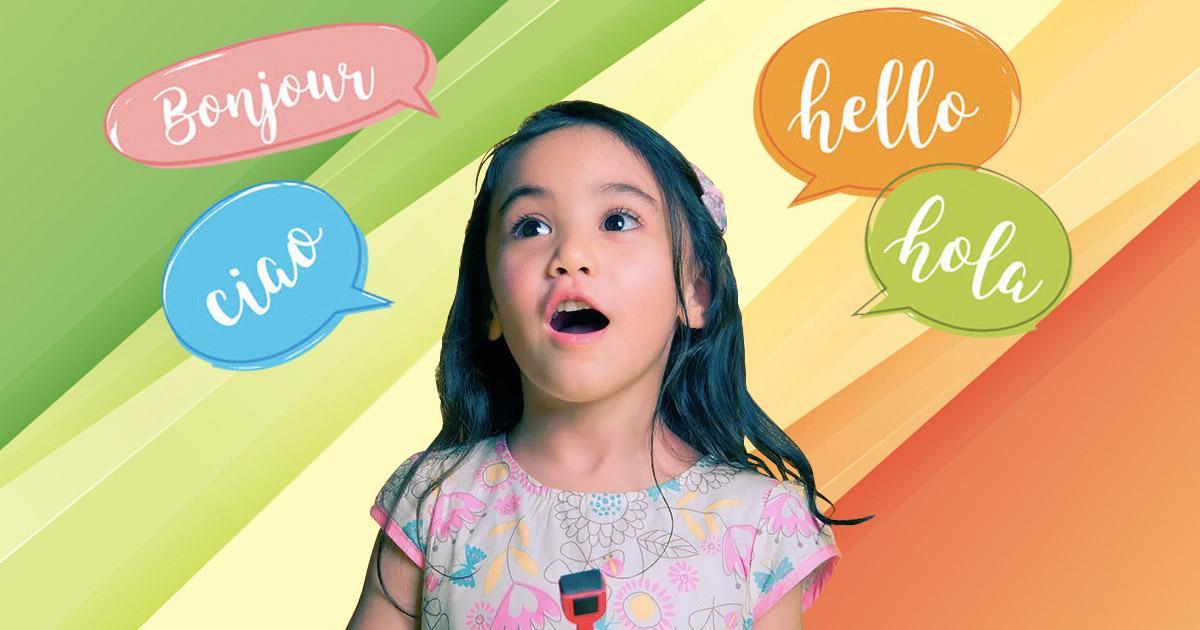How Does Bilingualism Affect Language Development: Unveiling the Effects

Bilingualism refers to the ability to speak and understand two languages fluently. Many individuals grow up learning and using two languages on a regular basis. Bilingualism offers numerous advantages in our general social life, as it enhances communication skills, cultural understanding, and cognitive abilities. When individuals are exposed to multiple languages from an early age, it positively impacts their social interactions, cognitive flexibility, and overall communication abilities.
Bilingualism and Language Development in Children
Numerous studies have delved into the impact of bilingualism on language development in children, shedding light on whether bilingualism offers advantages or disadvantages. The research consistently indicates that bilingualism has a positive effect on language and cognitive development, particularly during early childhood. Bilingual children tend to exhibit enhanced language skills and cognitive abilities compared to those who speak only one language.
One notable advantage of bilingualism is that it fosters a better understanding of communication needs. Bilingual children display a heightened awareness of the linguistic preferences and abilities of others, allowing for effective communication in diverse social settings.
Moreover, bilingualism has been associated with improved cognitive abilities and advanced problem-solving skills. Exposure to multiple languages requires mental agility and the ability to switch between languages, which strengthens overall cognitive skills.
In addition, bilingual children demonstrate an impressive capacity for recognizing and understanding different perspectives. Their exposure to multiple languages and cultures fosters empathy, cultural sensitivity, and broad-mindedness that appreciates diversity.
These advantages arise from bilingual children’s ability to manage and suppress interference between their two languages. This enhances their focus and flexibility in processing information, leading to more efficient comprehension and cognitive functioning.
Overall, the research highlights the positive effects of bilingualism on language development in children. Bilingualism offers linguistic and cognitive advantages that contribute to children’s overall growth and development.
Are There Any Negative Effects Of Bilingualism?
The negative effects of bilingualism are minimal and often outweighed by the advantages it brings. While there may be temporary developmental lags during the early stages of learning a second language, they don’t have a lasting impact. These lags are due to the cognitive demands of managing two languages, but they actually promote cognitive flexibility, attention control, and problem-solving skills.
It’s important to note that these delays are specific to language acquisition and don’t affect overall language proficiency or intellectual abilities. Bilingual children eventually reach the same linguistic milestones as monolingual children and may even have certain advantages in language and cognitive areas.
The challenges of bilingualism, such as maintaining proficiency in both languages or adapting language use in different situations, can be effectively addressed through proper support, consistent exposure, and a supportive language environment.
In conclusion, the benefits of bilingualism, including improved cognitive abilities and cultural understanding, far outweigh any potential negative effects. Bilingualism should be embraced as a valuable asset that enhances children’s linguistic, cognitive, and socio-cultural development.
Implications for Policy Makers and Service Providers in Supporting Bilingualism
When it comes to policy-making and providing services, there are a couple of important factors to consider in relation to bilingualism and language development.
Firstly, there is no evidence to suggest that being bilingual has any negative impact on a child’s intellectual or socio-emotional development. Encouraging parents to use their native language at home, while allowing their children to learn the dominant language in school, can be beneficial. This way, bilingual children can maintain strong ties to their culture while also gaining proficiency in the language spoken by the majority of people around them.
Secondly, language plays a crucial role in understanding and accessing personal experiences, which can be very important in diagnosing and treating mental health conditions. Service providers should work towards implementing policies that support bilingual health services. This means recognizing that language can be a helpful tool in understanding a person’s experiences and delivering effective care.
However, it can sometimes be difficult to identify bilingual children who may be at risk of learning disabilities or speech-language problems. This is because typically developing bilingual children may show similar language patterns to those with language impairments. Service providers face a dilemma: should they wait and hope that the difficulties will resolve on their own, or should they intervene early? One way to make a decision is by looking at how the child behaves in their other language, as language difficulties usually affect both languages.
So, how does bilingualism affect language development in early childhood?
Bilingualism has a good influence on language development in early childhood. When children grow up learning two languages, it helps them become better at using language and thinking skills. They tend to have stronger language abilities, can communicate effectively, and are more flexible in their thinking. Learning different languages creates a rich and diverse environment that helps children become skilled in using multiple languages. Overall, being bilingual in early childhood is a positive thing that boosts language development and cognitive abilities.
